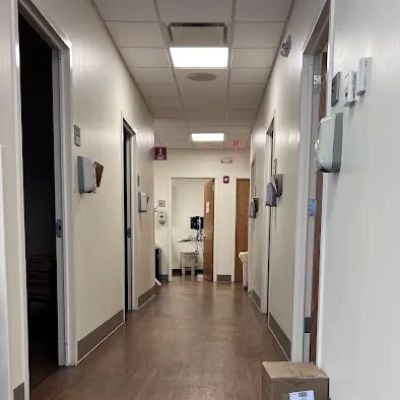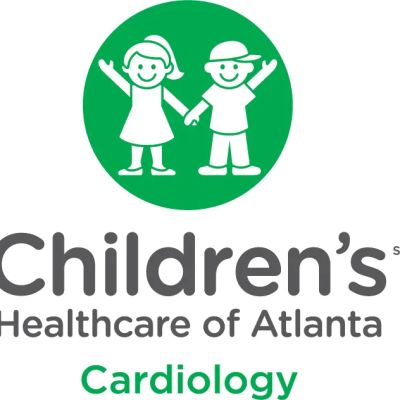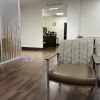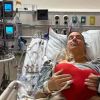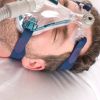How to Recognize the Early Symptoms of a Heart Attack
- Recognizing the Symptoms of a Heart Attack
- Real Life Case Studies
- Prevention and Early Detection
- Taking Action and Next Steps
1. Recognizing the Symptoms of a Heart Attack
Heart attacks often have warning signs, but recognizing them early can make a life-saving difference. While many people associate chest pain with heart attacks, there are a variety of symptoms that can manifest before the event. These include:
- Chest discomfort or pressure, which may feel like a squeezing sensation
- Pain radiating to the arm, back, neck, jaw, or stomach
- Shortness of breath, nausea, or dizziness
- Unusual sweating or a cold sweat
It is crucial to note that some heart attacks, especially in women, can present with less obvious symptoms like fatigue, lightheadedness, or indigestion.
2. Real Life Case Studies
Take the case of John, a 55-year-old man who experienced shortness of breath and a sharp pain in his chest while exercising. Although he thought it was just a muscle strain, his wife insisted on taking him to the emergency room. His doctors diagnosed him with a mild heart attack, which likely would have gone unnoticed if not for the early symptoms.
Similarly, Maria, a 40-year-old woman, felt unusually fatigued for several days before she experienced a sudden tightness in her chest while at work. Her heart attack was caught early, and she was able to receive immediate treatment. Both of these cases highlight the importance of not dismissing subtle signs and taking action as soon as you feel something is wrong.
3. Prevention and Early Detection
Prevention is key when it comes to heart health. Regular check-ups, maintaining a healthy diet, staying active, and managing stress are all essential for keeping your heart in good shape. Early detection tools like regular blood pressure and cholesterol monitoring can provide valuable insight into your heart's health.
Additionally, knowing the risk factors for heart disease—such as family history, smoking, and high blood pressure—can help you take proactive steps in reducing your likelihood of a heart attack.
4. Taking Action and Next Steps
If you notice any of the early symptoms of a heart attack, don't wait for them to pass. Immediate medical attention can make a significant difference in the outcome. Ensure that you have a plan in place, whether it’s knowing where the nearest hospital is or having emergency contacts readily available. The sooner you act, the better your chances of a full recovery.
Consider investing in heart health products such as heart monitoring devices, which can track your heart rate and other vital signs. Staying proactive about your heart health is one of the best decisions you can make.



